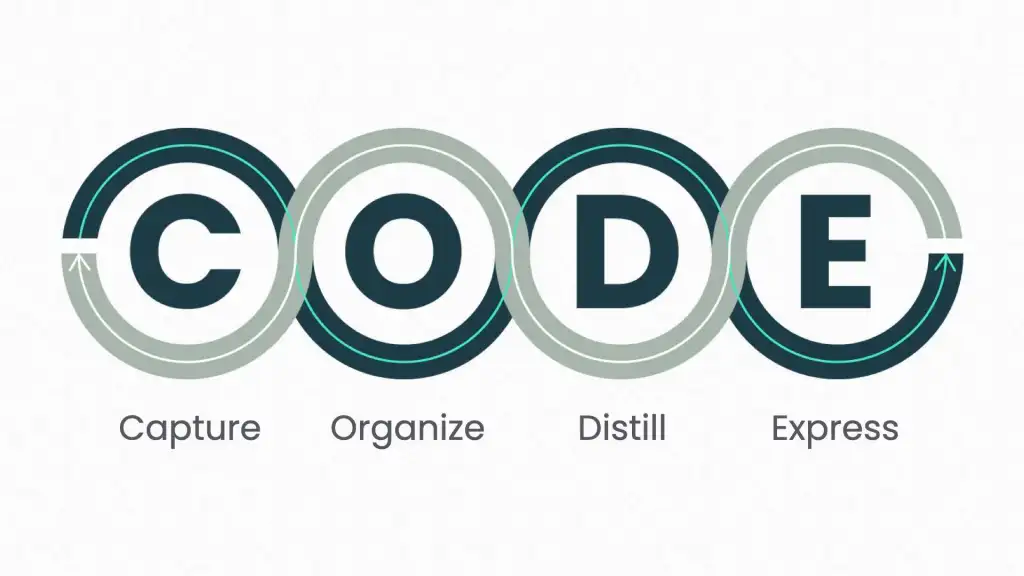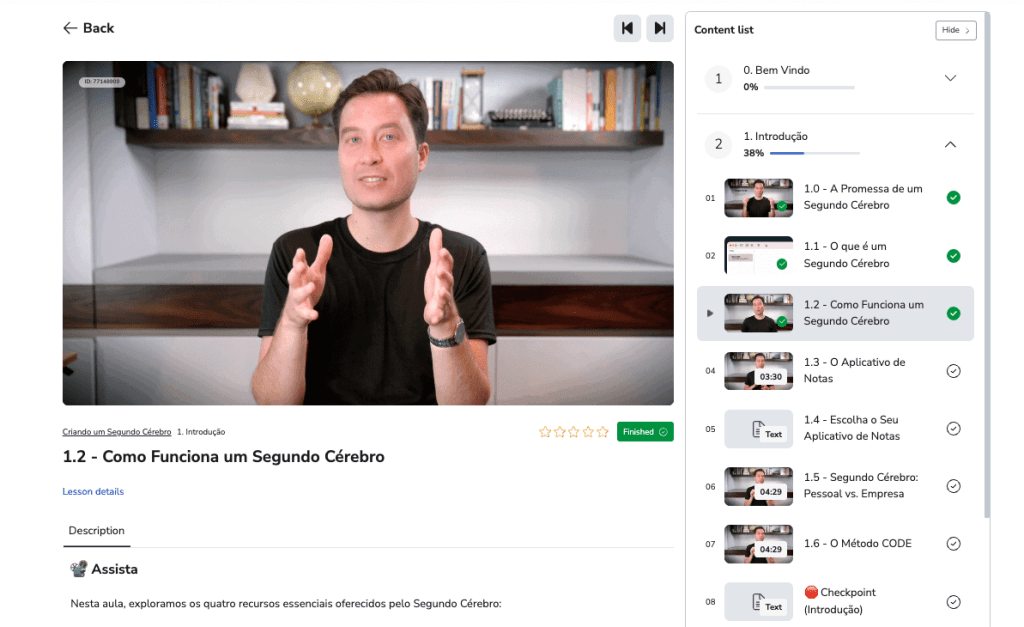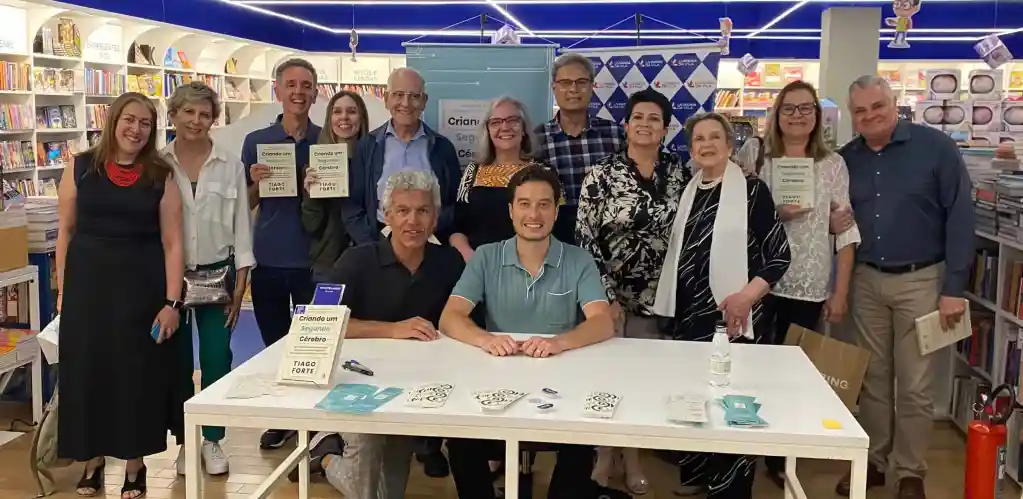How a Small Mexican Town Became My Template for the Ideal Place to Live
We’ve been living in Valle de Bravo – a mountain town a couple of hours outside Mexico City – for 9 months now.
I’ve lived in 5 countries for at least 6 months each, and traveled in another 20, and I think this is the most perfect place I’ve ever encountered for an expat family to live.
It’s so perfect, in fact, that I think it can actually serve as a template for finding other great places to live around the world.
After months of reflecting on what makes this place so special, I’ve identified 13 criteria (and one bonus criterion) that create the magic.
What’s fascinating is that these aren’t just random qualities – they work together as a system, each element reinforcing the others to create something truly extraordinary.
1. Right Distance from a Major City
A 2-3 hour drive outside a major city is the perfect distance.
It’s close enough that you can drive in for the day or the weekend, yet far enough that people can’t commute daily. This creates a rooted community instead of a bedroom suburb.
We love being relatively close to Mexico City and everything it offers, but we don’t feel like we have to go there to access people, culture, or entertainment.
I’ve also met some of the most fascinating people ever here – artists, writers, poets, spiritual guides, entrepreneurs, permaculturalists, and creators working remotely.
2. Mountain Location
The mountains are objectively a wonderful place to live.
You get milder weather, fewer mosquitos, tons of nature, and cold nights to cozy up in bed. Plus activities like hiking, horseback riding, and camping.
The mountains also keep it from developing too much and maintain the region’s rural and outdoorsy character, with that small town feel.
Valle is a world-class destination for paragliding, waterskiing, and other outdoor activities, located in one of the few mountainous, temperate regions of Mexico.
3. Water Access
A lake provides recreational activities like swimming, sailing, powerboating, and waterskiing. It also creates beautiful waterfront views.
Research consistently demonstrates that proximity to water bodies leads to higher levels of mood improvement and stress reduction compared to other natural environments. The sights, sounds, and even smell of water provide a calming sensory experience that promotes a uniquely positive state of mind.
Valle is well known for its lake. Lots of people water ski most weekends throughout the year.
4. Tourism and Wealth
This may not seem desirable, but a certain level of tourist influx brings benefits.
There’s likely to be more investment in the town, interesting people coming and going, and more amenities like restaurants, grocery stores, and paddle courts than there’d be otherwise. People are also more likely to visit you.
All the more so if it’s also a wealthy enclave. Valle has a population of around 100,000 that doubles during busy weekends, since many people have weekend houses there. But it rarely feels crowded.
5. Few Foreigners
Our main goal in moving abroad was to immerse our kids in the Spanish language and Mexican culture. I know from living abroad before that this really only happens if there aren’t too many Americans around.
Valle has surprisingly few foreigners living there. It seems like it’s kind of an undiscovered secret for Mexico City families.
6. Warm Culture
Mexico has to be one of the warmest cultures anywhere. We’re constantly surprised by how completely open and generous everyone we meet is.
Especially the families at our kids’ school, who have become our closest friends.
It’s like rewinding the clock to a time before smartphones and the Internet. People greet each other, even strangers treat you like a human, everyone knows each other, and it’s easy to make friends.
At a restaurant, if a kid is crying, a waitress will pick them up and carry them around. They’re happy to give you an extra condiment without charging you for it.
I love that we’re raising our kids in a culture that teaches them how to be warm and open, with a background level of trust between people.
7. Airport Distance
You might think you want an airport nearby, but many of the positive qualities above exist because it’s not too easy to get here.
There’s an airport in Toluca, an hour away, but it’s not international. So you have to drive to one of the international airports in Mexico City, around 2-3 hours away.
8. Low Labor Costs
The single most life-changing part of moving to Mexico has been getting full-time help.
My wife and I save probably several hours a day because our help does all the cooking, cleaning, laundry, and sometimes watches the kids.
We spend all this extra time on exercising, resting, sleeping, art, hobbies, socializing, and hanging out with the kids – all things we had much less time for living in Southern California.
We pay probably double the local going rate, and it’s still remarkably cheap for us. About $137 per week for 40 hours (or $3.40 per hour).
9. Slow Lifestyle
Part of our motivation for moving abroad was to deprogram ourselves from the work-centric life we adopted in the San Francisco Bay Area and Los Angeles.
We found it simply impossible to do this living in Southern California. As long as everyone else was work-centric, there was nothing to do and no one to hang out with!
A core part of that work-centric mindset is an addiction to speed. We found we couldn’t slow ourselves down when everything around us was trying to speed us up.
Every place has a background tempo that dictates the underlying speed of everything within it. I think the only truly effective way to change your tempo is to change your environment.
Mexico, and especially small Mexican towns like Valle, operate at a fundamentally different pace than the US. The cultural emphasis is on relationships and enjoying life rather than maximizing productivity at all costs.
10. Similar Time Zone
If you’re from the US and do business there, you’ll probably want to be in a similar time zone.
This facilitates so many things, from scheduling calls easily to not having too much jet lag when you visit home.
It’s also a bonus if you can get back to the US in just a few hours and have connections to different places within the US. This means Mexico and Central America are ideal!
11. Strategic Inconvenience
In the US, we’re constantly driving toward efficiency, which mostly means removing people from the process. This results in a highly efficient society in which everyone feels alone.
In Mexico, they just throw people at every problem. It isn’t optimized, but there are so many people around, it’s way more fun!
Resisting that drive toward efficiency and convenience is nearly impossible as an individual, and even more difficult as a family, because you seem strange for actively resisting things being too easy.
I’m happy to be raising my kids in a place where there’s still friction, still humans you “have” to deal with, where you literally can’t go it alone to accomplish anything of significance. Relationships are the central element in life.
Part of this is also having a tolerance for risk. We live in a bubble-wrapped, liability-waiver, hyper-sensitive culture, especially when it comes to children. We’ve forgotten how to let them rough it up and find out for themselves.
Paradoxically, as my wife put it, we “overvalue” life to such a degree that we end up devaluing life, by refusing to allow our kids to face its risks.
It’s very hard to intentionally expose your kids to risk, though – you have to move somewhere where the environment provides it. We love that in Mexico, kids are an integral part of every activity. They’re not in a separate world where everything is anesthetized and infantilized.
12. Good Schools
This is probably the crux if you have kids, because good schools are hard to find anywhere. I would start your whole search for a location on this basis.
Valle has several great options, including (incredibly for such a small town) a Montessori and Waldorf school.
High school is harder, and some families move to Mexico City when their kids reach that age. But there are a couple of good options and additional ones on the way as more people settle permanently in town.
13. Good Weather
This is also a good starting point for your search, as weather defines so much of daily life. Obviously you’ll want somewhere without too many extremes.
Valle has year-round spring-like weather, except for an intense rainy season from June to September. But that just gives us the perfect excuse to travel in the summer, as many families do.
14. Artistic Culture (Bonus)
I don’t consider this essential, but Valle has a wonderfully artsy vibe. It was the “Woodstock of Mexico,” hosting a huge concert in 1971 that introduced rock ‘n roll to the mainstream.
This makes it unusually rich in all kinds of art, music, dance, and even psychedelic medicine. It’s more open-minded generally than most places in Mexico, all of which we enjoy immensely.
Finding Your Own Valle de Bravo Around the World
After thinking through these criteria systematically, I discovered dozens of other towns that fit this template. Here are some of the most promising options (courtesy of Claude 4):
In Mexico
Malinalco, Estado de México
- 2 hours from Mexico City Mountains: Dramatic cliffs, mystical pre-Hispanic sites
- No lake but swimming holes and streams
- Wealthy weekend enclave for Mexico City families
- Very few foreign residents
- Traditional Mexican pueblo culture
- Labor costs comparable to Valle
- Extremely slow-paced, artistic community
- Good private school options emerging
Zacatlán de las Manzanas, Puebla
- 3 hours from Mexico City, 2 from Puebla
- Mountains: Pine forests, apple orchards
- Lake: Presa de Tenango nearby Mexican tourist destination (famous for apples/cider)
- Almost no foreign residents
- Warm provincial Mexican culture
- Very affordable labor
- Traditional, family-oriented lifestyle
- Growing educational options
Real de Catorce, San Luis Potosí
- 3 hours from San Luis Potosí (with airport)
- Mountains: High desert mountain town
- No lake but stunning desert landscapes
- Mystical/spiritual tourism, wealthy Mexican visitors
- Few permanent foreigners despite tourism
- Deep traditional culture Very low labor costs
- Contemplative, artistic atmosphere
- Alternative education options
Tapalpa, Jalisco
- 2 hours from Guadalajara Mountains: “Pueblo Mágico” with forests
- Lake: Presa del Nogal
- Guadalajara’s weekend retreat
- Minimal foreign presence
- Traditional Jalisco hospitality
- Affordable labor
- Outdoor-focused, slow lifestyle
- Good local schools
Cuetzalan, Puebla
- 3 hours from Puebla city
- Mountains: Cloud forest, coffee region
- Waterfalls instead of lakes
- Cultural tourism but few foreign residents
- Strong indigenous Nahua presence
- Incredibly warm community
- Very low labor costs
- Traditional, market-town pace
- Local schools with cultural programs
In Central America
Suchitoto, El Salvador
- 1.5 hours from San Salvador
- Mountains: Overlooking Suchitlán Lake
- Lake: Lago Suchitlán (country’s largest)
- Arts/culture destination for wealthy Salvadorans
- Almost no permanent expats
- Warm Salvadoran hospitality
- Very affordable labor
- Artistic, slow-paced colonial town
- Emerging private school options
Gracias, Honduras
- 3 hours from San Pedro Sula
- Mountains: Celaque National Park
- Hot springs instead of lakes
- Honduran tourist destination
- Virtually no foreign residents
- Traditional Lenca culture influence
- Extremely affordable
- Quiet, colonial atmosphere
- Local schools improving
Matagalpa, Nicaragua
- 2 hours from Managua Mountains: Coffee highlands
- Rivers and waterfalls
- Nicaraguan tourist/coffee region
- Very few expats
- Warm mountain culture
- Lowest labor costs
- Coffee-farming lifestyle pace
- Several school options
Volcán, Panama
- 1.5 hours from David
- Mountains: Volcanic highlands
- Streams and rivers (no lake)
- Wealthy Panamanian retreat
- Some retirees but families can find Spanish immersion
- Indigenous Ngäbe influence
- Reasonable labor costs
- Agricultural, outdoor lifestyle
- Good private schools
San Agustín Lanquín, Guatemala
- 3 hours from Guatemala City
- Mountains: Limestone caves region
- River: Cahabón River (turquoise pools)
- Growing eco-tourism, Guatemalan visitors
- Few permanent foreign families
- Q’eqchi’ Maya culture
- Very affordable
- Nature-based, slow lifestyle
- Community schools with cultural programs
In the United States and Canada
Nelson, British Columbia, Canada
- 3 hours from Spokane, WA (airport)
- Mountains: Stunning Selkirk Mountains
- Lake: Kootenay Lake (magnificent)
- Tourist/wealthy enclave: Vancouver families’ mountain retreat
- Warm Canadian mountain culture (surprisingly bohemian)
- Slow, artistic, non-work centric lifestyle
- Good Waldorf school + alternatives
- Great weather (for Canada)
- Pacific Time Zone
- Missing: Low labor costs, foreign language immersion
Salida, Colorado, US
- 2.5 hours from Denver
- Mountains: Arkansas River Valley, 14ers all around
- River town (Arkansas River) rather than lake
- Wealthy outdoor enthusiast enclave
- Warm, artistic community vibe
- Deliberately slow, “simple life” culture
- Growing alternative school scene
- 300+ days of sunshine
- Mountain Time Zone
- Missing: Low labor costs, foreign culture, major language immersion
Joseph, Oregon, US
- 3.5 hours from Boise (a stretch, but worth it)
- Mountains: Wallowa Mountains (“Alps of Oregon”)
- Lake: Wallowa Lake
- Tourist destination, Portland/Seattle wealthy retreat
- Genuine cowboy/artist culture mix
- Extremely slow-paced, no chain stores
- Small but good school
- Beautiful weather, real winters
- Pacific Time Zone
- Missing: Low labor costs, foreign culture, close to major city
Sandpoint, Idaho, US
- 2 hours from Spokane
- Mountains: Selkirk and Cabinet ranges
- Lake: Lake Pend Oreille (huge, gorgeous)
- Wealthy Seattle/California exodus destination
- Surprisingly warm, outdoorsy culture
- Anti-corporate, slow lifestyle ethos
- Waldorf school + good public schools
- Four real seasons
- Pacific Time Zone
- Missing: Low labor costs, foreign culture
Rossland, British Columbia, Canada
- 2.5 hours from Spokane
- Mountains: Ski town in the Monashees
- No lake but close to Christina Lake (30 min)
- Weekend destination for Vancouver/Calgary families
- Small, tight-knit community
- Extremely slow, outdoor-focused
- Good elementary, high school requires creativity
- Snowy winters, perfect summers
- Pacific Time Zone
- Missing: Low labor costs, foreign immersion
The System Behind the Magic
Strangely enough, the mountain town I lived in for a year when I was 14 – Campos do Jordão in Brazil – meets most of these criteria as well. It’s a few hours outside São Paulo, in the mountains, a tourist destination and wealthy enclave, with a warm and inviting culture.
The year we spent abroad there was so formative for me, I think I’ve subconsciously tried to recreate as many of those conditions as possible for my kids, but in Mexico.
What I’ve learned is that these criteria work together as an interconnected system. The distance from a major city creates the rooted community. The mountains provide the natural beauty and limit overdevelopment. The tourism brings investment and interesting people. The culture provides immersion and different values.
Each element reinforces the others to create something greater than the sum of its parts.
The real insight isn’t just about Valle de Bravo – it’s about understanding what creates the conditions for the kind of life you actually want to live, then systematically looking for places that provide those conditions.
What would your criteria be? What kind of life are you trying to create, and what environmental conditions would support that vision?
Follow us for the latest updates and insights around productivity and Building a Second Brain on X, Facebook, Instagram, LinkedIn, and YouTube. And if you’re ready to start building your Second Brain, get the book and learn the proven method to organize your digital life and unlock your creative potential.
The post How a Small Mexican Town Became My Template for the Ideal Place to Live appeared first on Forte Labs.


















































